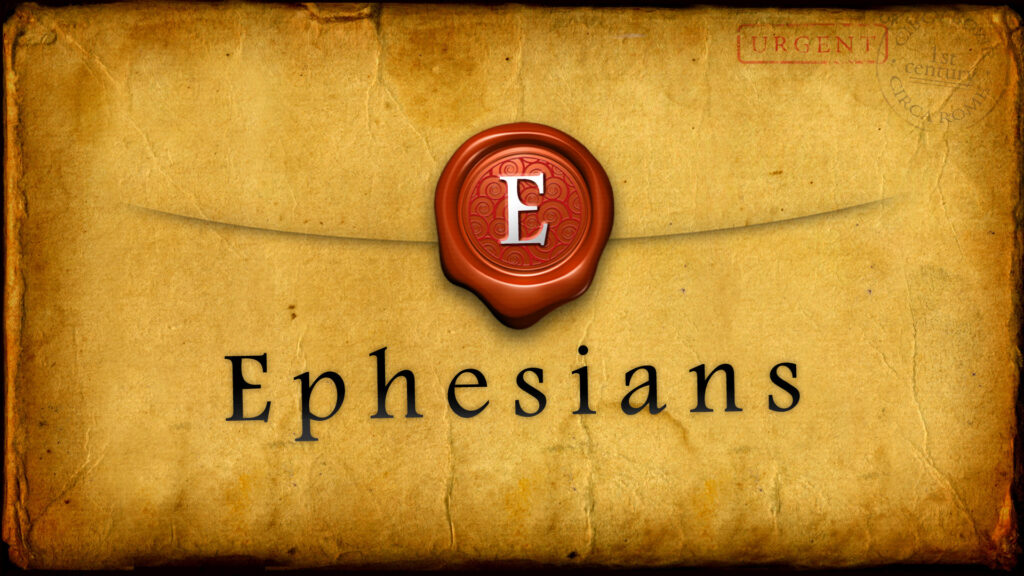
An Introduction to the Epistle to the Ephesians
Author
The author identifies himself as “Paul, an apostle of Christ Jesus by the will of God” (1:1).
Paul’s self-description at the beginning of the epistle is extremely important for understanding the book. Paul taught for two whole years at the lecture hall of Tyrannus in Ephesus (Acts 19:9-10). If the church at Ephesus was indeed the intended recipients of the epistle (see below), the church would have known Paul quite well. If the epistle were a circular letter, the congregations would have known Paul well, for he not only established many of the churches, but his work at the lecture hall of Tyrannus in Ephesus allowed everyone in Asia to hear the word of the Lord (Acts 19:10).
As an apostle of Christ Jesus Paul would have had the necessary authority to write such an epistle. Jesus promised to the Apostles that the Holy Spirit would teach them all things (Jn 14:26). I’m aware that Paul was not present when Jesus spoke to his Apostles the night before crucifixion. However,
- The context of the Spirit leading them to all truth was spoken to the Apostles (that’s difficult for some who claim miraculous gifts are still available today to grasp).
- Paul was an apostle.
Thus, being an apostle Paul was guided into all truth as he wrote Ephesians.
Paul was an apostle of Christ Jesus because God chose him to be—his apostleship came about “by the will of God.” God chose Paul to be an apostle; he did not choose to be one himself. Thus, Paul’s having the Spirit to write this epistle came from God.
Recipients
The New International Version translates the recipients of the letter as: “To God’s holy people in Ephesus.” The NIV does have a footnote which reads, “Some early manuscripts do not have in Ephesus.” Many of the more important Greek manuscripts for determining the original text lack “in Ephesus.” The manuscripts many of the early Church Fathers used did not contain the phrase “in Ephesus.”
Many have suggested, therefore, that Ephesians was a circular letter intended to be shared from church to church rather than written to one congregation. There is a lack of personal greetings in the Epistle, and that further leads many scholars to see Ephesians as a circular letter. If Ephesians was a circular letter, it may be the letter to Laodicea (Col 4:16).
Most versions of the theory say that the copy of the epistle the church at Ephesus had was the one included in the canon of Scripture; therefore, the letter is known as Ephesians.
Regardless of how the first verse originally read in Greek, the epistle is from God through Paul.
Date
Paul wrote Ephesians from prison (Eph 3:1; 4:1; 6:20). He likely wrote this epistle during his Roman imprisonment described in Acts 28:30-31. The most probably date would be AD 60-61.
This Bible class was originally taught by Dr. Justin Imel, Sr., at Church of Christ Deer Park in Deer Park, Texas.





